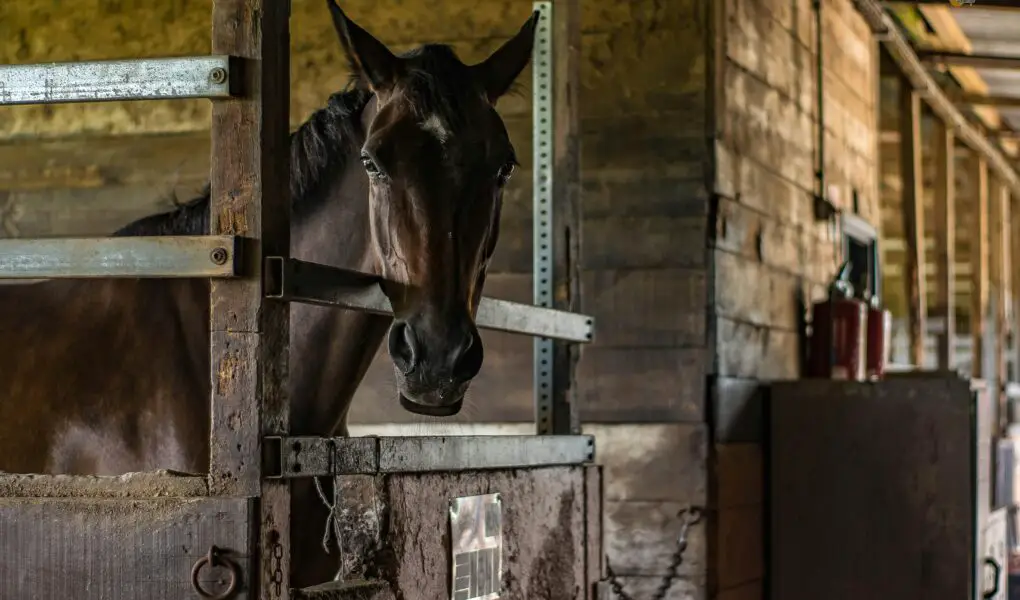Welcome to our detailed guide on Equine Therapy Grants 2024. If you’re part of an organization that delivers therapeutic riding or horse-assisted therapy, securing the right grants is essential for sustainability and expansion.
This post will walk you through the intricacies of identifying and applying for grants that support equine therapy programs in 2024. Whether you are a newcomer to grant applications or seeking to refine your strategies, this guide aims to provide you with all the necessary tools and insights to successfully secure funding for your valuable programs.
Let’s dive into how to navigate the evolving landscape of 2024 grants for equine therapy and make a positive impact in your community.
What is Equine Therapy?
Equine Therapy, also known as horse-assisted therapy, involves interactions between patients and horses to promote emotional growth and healing. This therapeutic approach leverages the unique bond between humans and horses, utilizing structured activities to help participants develop important life skills and process emotional challenges.
At its core, Equine Therapy is based on the principle that horses are highly sensitive creatures capable of mirroring the emotions and behaviors of the humans around them. This characteristic makes horses perfect partners in therapy. As participants engage in grooming, feeding, or leading a horse, they often begin to open up emotionally, which can be a breakthrough for those who have been otherwise resistant to more traditional therapeutic settings.
The applications of Equine Therapy are broad, benefiting individuals coping with a wide range of conditions such as PTSD, anxiety, depression, ADHD, and autism. The therapy provides these individuals with opportunities to improve self-confidence, communication skills, trust, and impulse control, among other benefits. Importantly, the setting of the therapy—in the peaceful, natural environment of a stable or field—also plays a therapeutic role, offering a calm sanctuary from the stresses of daily life.
During a typical equine therapy session, therapists observe how clients interact with the horses and use these interactions as metaphors for relationships and challenges in the clients’ lives. This approach can lead to powerful insights and breakthroughs, as it allows therapists to address behavioral patterns and emotional issues in a non-confrontational way.
Equine Therapy isn’t just about riding horses. Many programs also involve activities on the ground, which are designed to foster a deeper understanding of personal boundaries, respect, and care. By caring for the horse, participants learn about caring for themselves and others, enhancing their emotional and psychological resilience.
This unique form of therapy offers profound healing and growth opportunities, making the pursuit of Equine Therapy Funding and 2024 Grants for Equine Therapy a valuable endeavor for nonprofits dedicated to improving mental health and emotional well-being through innovative, nature-based therapies.
Finding Your Funding Fit:
Identifying potential Funding Opportunities for Equine Therapy begins with knowing where to look. Many foundations and government agencies offer grants specifically aimed at supporting therapeutic programs that include equine activities. Here’s how to start:
- Research Extensively: Begin your journey by searching for foundations that support animal-assisted therapy. Tools like the Foundation Directory Online can be incredibly useful. Look for grants that align with the therapeutic goals of your program. Remember, the more specific you are about how your program helps its participants, the better your chances of finding a matching grant.
- Network with Others: Connect with other nonprofits that have successfully secured horse-assisted therapy grants. Networking can provide insider tips and lead you to lesser-known funding opportunities. Attend conferences, workshops, and seminars related to equine therapy and nonprofit funding. These events are goldmines for networking and learning about new funding sources.
- Prepare a Strong Application: When applying for grant applications for horse therapy, tailor your proposal to each funder’s priorities. Clearly define your objectives, the population you serve, and the expected outcomes of your equine therapy program. Be precise in how the funds will be used, and illustrate the impact with data and success stories from your program.
The application process for Therapeutic Riding Grants 2024 requires a strategic approach. Each funder has unique interests and focus areas. Some may prioritize programs serving veterans or children, while others might focus on mental health or rehabilitation. Understanding these nuances can make your application stand out.
Step-by-Step Guide to Applying for Equine Therapy Grants
Securing funding for your equine therapy program can seem daunting, but a structured approach can increase your chances of success. Here’s a practical guide on how to apply for grants, especially those aimed at Equine Therapy Funding:
- Understand the Requirements: Before diving into the application, ensure that your organization qualifies for the grant. Each funder has specific eligibility criteria that could include the type of nonprofit status required, the geographical area served, or specific populations targeted (such as grants specifically for Veterans Equine Therapy). Carefully review these requirements to ensure your program qualifies.
- Gather Necessary Information: Collect all the data and documents you need. This typically includes your organization’s financial statements, a description of your program, evidence of past successes, and letters of support from the community or stakeholders. Having these documents at hand will make the application process smoother and more efficient.
- Write a Compelling Proposal: This is where you need to shine. Your grant proposal should clearly articulate the need for your equine therapy program, the objectives you aim to achieve, and the specific outcomes you expect. Use clear, concise language and make sure to highlight how your program aligns with the funder’s goals. Emphasize the transformative impact of horse-assisted therapy on participants and the community.
- Outline a Detailed Budget: Clearly demonstrate how the grant money will be used. Provide a detailed budget that includes all costs related to the program, such as horse care, facility maintenance, staff salaries, and any necessary equipment. This transparency helps build trust with funders.
- Submit Before Deadlines: Always check the deadline for each grant application and aim to submit your application well before the due date. This gives you a buffer in case of any last-minute issues or additional information required.
- Follow-Up: After submitting your grant proposal, it’s important to follow up. A polite email or phone call can ensure your application was received and reiterate your enthusiasm for the project. This also keeps you on the radar of the grant officers.
- Receive Feedback: Whether your application is successful or not, feedback can be incredibly valuable. If your grant application is declined, don’t hesitate to ask for comments or suggestions for improvement. This feedback can be crucial for refining future applications.
- Keep Applying: Don’t be discouraged by rejections. Grant writing is a numbers game, and persistence is key. Continue refining your proposals, understanding funders better, and applying for different grants. Each application is a learning opportunity that enhances your chances of future success.
By following these steps, you can enhance your approach to securing 2024 Grants for Equine Therapy. Remember, each application brings you closer to securing the necessary funds to support the valuable work of your equine therapy program. Keep your spirits high and your focus sharp—your efforts are making a profound difference in the lives of those you serve.






